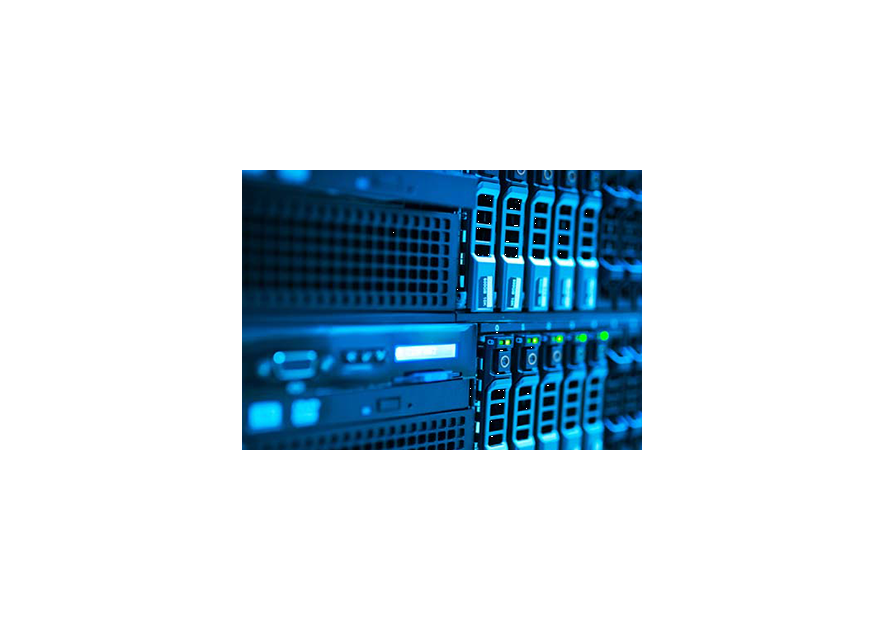Decoding the Surge: Unraveling the Causes of Increased Server Memory Usage

In the intricate world of server management, unexpected spikes in memory usage can be a cause for concern. Understanding the factors that contribute to increased memory usage is crucial for maintaining a healthy and responsive server. In this blog, we will delve into the common culprits behind elevated memory consumption, empowering you to diagnose and address these issues effectively.
**1. Leakage in Applications:
Poorly optimized or faulty applications can be a significant contributor to increased memory usage. Memory leaks, where a program fails to release memory after use, can accumulate over time and lead to a gradual increase in overall memory consumption.
**2. Unoptimized Database Queries:
Database-related issues often play a role in elevated memory usage. Inefficient queries, large result sets, or unoptimized database structures can strain the server's memory resources, causing spikes in usage during heavy database operations.
**3. Inadequate Resource Allocation:
Insufficient resources allocated to the server, such as RAM, can result in increased memory usage. As your application or user base grows, it's essential to reassess and scale your server resources accordingly to prevent resource constraints.
**4. Concurrency and Multi-Processing:
Applications designed for concurrent processing or running multiple processes simultaneously may experience increased memory usage. Each process consumes its share of memory, and if not managed efficiently, this can lead to a cumulative effect on the overall server memory.
**5. Memory Fragmentation:
Over time, memory fragmentation can occur, leading to inefficient memory utilization. Fragmented memory spaces make it challenging for the server to allocate contiguous blocks of memory, resulting in increased overall memory consumption.
**6. External Attacks and Malware:
Security threats such as DDoS attacks or malware infections can force servers to allocate additional resources for defense mechanisms. This sudden surge in activity can significantly impact memory usage.
**7. Unoptimized Virtualization:
For servers leveraging virtualization, improper configuration or inefficient use of virtual resources can contribute to increased memory usage. Regularly review and optimize your virtualization settings for optimal performance.
**8. Logs and Debug Information:
Extensive logging or debugging features can lead to increased memory usage. While logs are essential for troubleshooting, excessive logging levels or continuous debugging processes can strain the server's memory resources.
Conclusion:
Identifying the root causes of increased server memory usage is the first step toward effective management and optimization. Regular monitoring, performance analysis, and addressing issues promptly will help maintain a responsive and reliable server environment. By understanding the factors outlined in this blog, you can proactively manage memory consumption and ensure the smooth operation of your server infrastructure.



